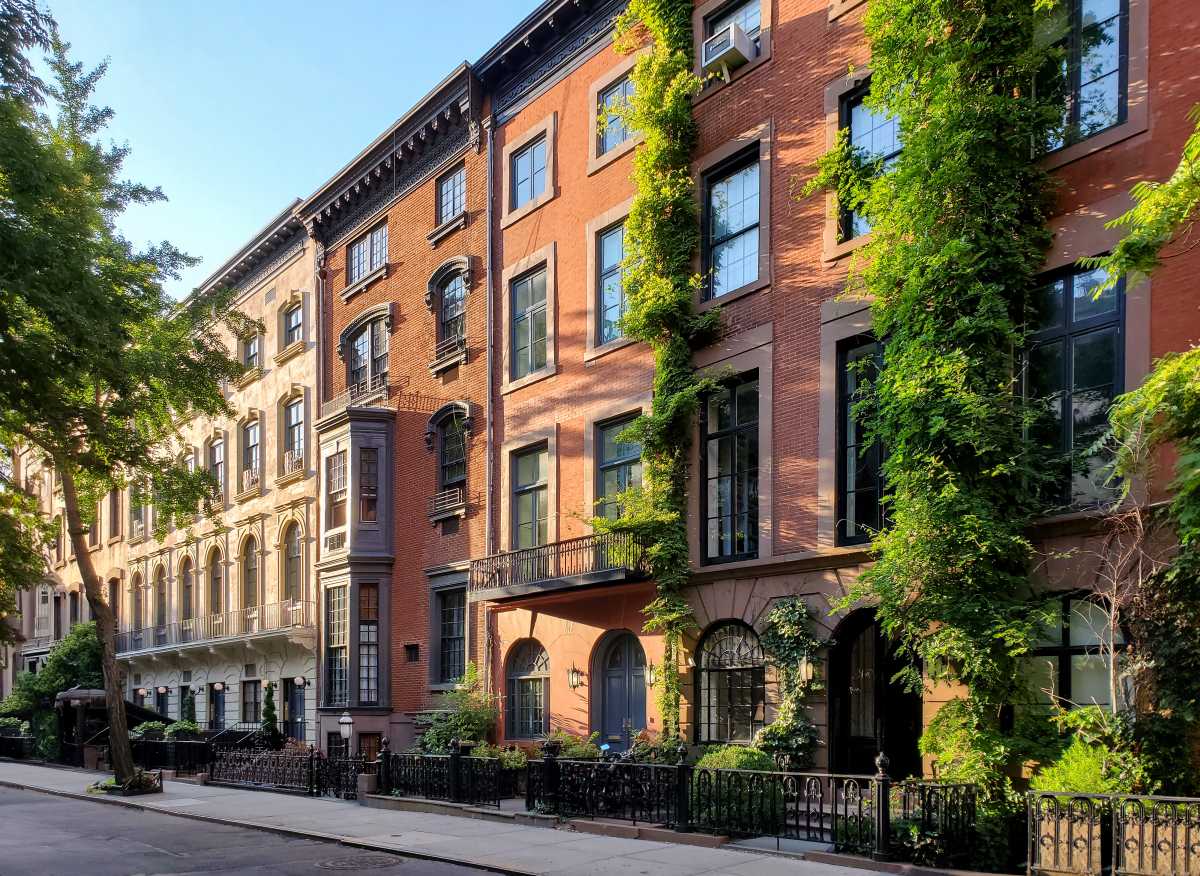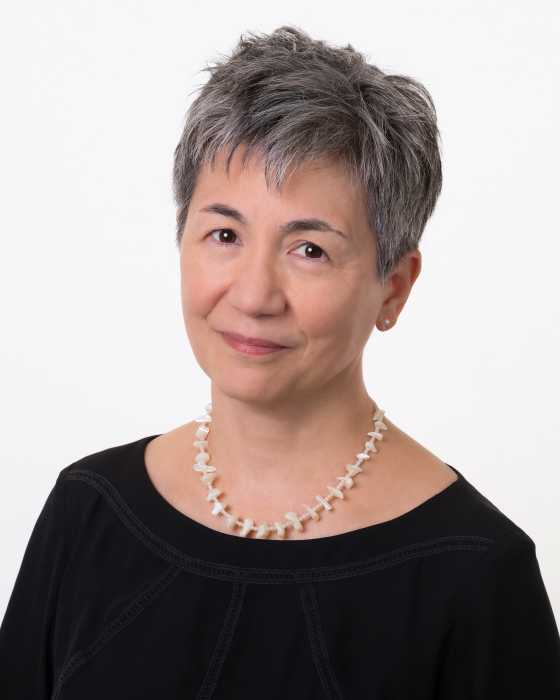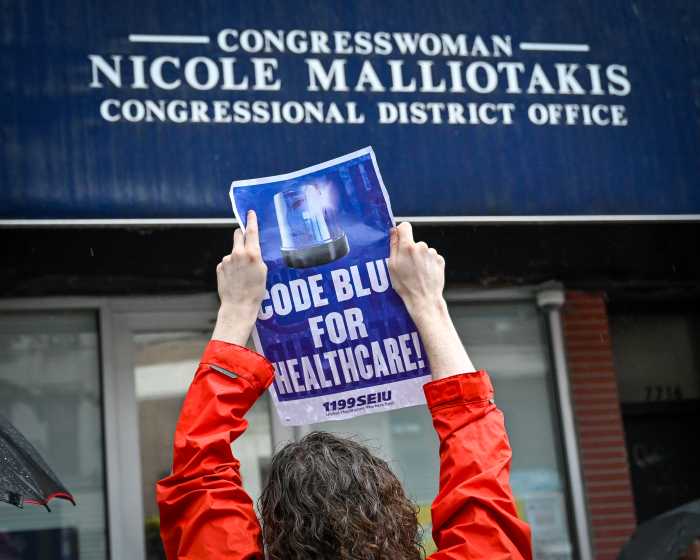BY ELLIOT JAGER | By the time I came on the scene in 1954, the Jewish Lower East Side was basically finished. I don’t mean to irk former Grand St. neighbors or more recently arrived denizens, but those who yearn nostalgically for the “good old LES” most likely had little firsthand experience of the real thing.
Irving Howe’s epic history of the East European migration to the United States, and of the LES as a landing point, is decidedly not a work of nostalgia. His evocative “World of Our Fathers” wraps up a good few years before my bar mitzvah when I was 13 by describing the dismal

scene off Delancey St.: abandoned buildings, shuttered synagogues, Hebrew-lettered signs covered over by Spanish-language posters with garbage and glass littering the streets.
The neighborhood’s boundaries ran from 14th St. at the north to the river on the east, First Ave. on the west, and the Brooklyn Bridge at the south. In its heyday, around 1910, there were half a million Jews in this area. That’s about the size of the entire population of today’s Tucson, Arizona.
Growing up, my LES was overwhelmingly populated by Puerto Ricans. The remnant Jewish community of roughly 20,000 — many elderly and poor — was preyed upon by neighborhood louts. Raised Orthodox, I worshipped in the Sassover Rebbe’s stiebel, or storefront synagogue, on Eighth St. between Avenues D and C. It was within easy walking distance of our apartment in the Jacob Riis Houses project, though a bit risky for a boy wearing a yarmulke.
Today, most of the neighborhood’s synagogues are gone — some firebombed, like the Sassover Rebbe’s; others turned into condos, churches, even a museum. I imagine this description resonates as uncomfortably parochial with folks residing in today’s gentrified, multicultural, cosmopolitan — and ever-more white LES.
Anyway, by the 1960s most of my coreligionists had moved out of the LES — as far away as acculturation and economic circumstances would take them. Others, though, found safe haven nearby in the lower-middle class cooperative apartments built by the International Ladies Garment Workers Union along the Grand St. and East Broadway enclave.
My mother and I were not so lucky.
When I was eight or so, my Holocaust-survivor father essentially abandoned us. Traumatized by his wartime experiences and feeling dislocated in America, he decided to run off to Israel. It was a Hail Mary pass — you should forgive the expression. He and my mother had talked about emigrating and this was his way of trying to force her hand. But with no money, my father’s doubtful work prospects, a wan child in tow, and an elderly, infirm mother to care for, she thought it prudent to stay put.

Eventually, my parents divorced, which made me quite an anomaly in our traditional community. He disappeared, became even more fervently Orthodox, changed his name, and started a new life somewhere in Israel. There was no child support. What’s more, for 30 years he and I didn’t see or speak to each other.
My mom had no way to support us, so had to endure the shame of applying for public assistance — we called it “welfare.” She could pay only a fraction of my tuition at Yeshiva Chasan Sofer, a religious day school on Broome St., so I was granted a scholarship reserved for the indigent.
We were desperate to escape from the high-rise Jacob Riis projects where crime was rampant, the elevators reeked of urine, and we were just about the only Jews left. City policy, though, forbade New York City Housing Authority tenants to transfer from one project to another. By dint of perseverance, my indefatigable mother was nonetheless able to convince housing managers to transfer us to the low-rise Vladeck Houses on comparatively safe Gouverneur St.
It was from there that one night I looked out of my bedroom window and witnessed the Shneer Synagogue, an imposing pink Moorish structure at 290 Madison St., go up in flames. The historic structure had originally been built as a Baptist church in 1856.
The travails of the LES were emblematic of the city in general. In any single year of the 1970s, more New Yorkers were murdered on the streets of their city than Israelis killed by suicide bombers during the five years of the second intifada in the early 2000s. Even attacks on police were not uncommon. In January 1972, for instance, Officers Rocco Laurie and Gregory Foster were gunned down by militants on 11th St. and Avenue B.
By 1973, we’d clawed our way into Cooperative Village on Grand St. with the help of a credit union loan. In the coming years, the city experienced a slow and uneven renaissance that saw New Yorkers’ quality of life — my own included — considerably improved.
On a visit to Israel during the early 1990s, I met my father for the first time since he’d walked out. Since I moved to Israel in 1997, bit by bit we’ve built a relationship. As a Hassidic Jew, he believes that it is spiritually imperative I have a son of my own. It’s become his obsession. Yet nature did not take its course, nor did IVF treatments produce a miracle for me and my wife.
I now see that the process I have undergone in coming to terms with what it means to be a childless man, in trying to make sense of my relationship with my father, and in searching for meaning within Jewish civilization is, somehow, inextricably tied to my experience of growing up fatherless on the LES.
Now, well past middle age and from 6,000 miles away, I find myself captivated by David Simon’s television tour de force “The Wire,” set in contemporary Baltimore. In many ways, it’s led me to rethink how I ought to look back at my own New York City upbringing: True, I was fatherless and poor in a tough neighborhood; but I was blessed with an innately capable mother who taught me values, virtue and empathy. My community, though moribund and imperfect, was nonetheless committed to mutual aid. Ritual and tradition offered a framework for life.
So while I can’t identify with hipsters hankering after tenement museums, potato knishes and kosher-style delicatessen, this curmudgeon is not shedding any tears that my LES has been supplanted by something — apparently — kinder, gentler and, I pray, more humane.
Jager is a Jerusalem-based journalist and author of “The Pater: My Father, My Judaism, My Childlessness”






























